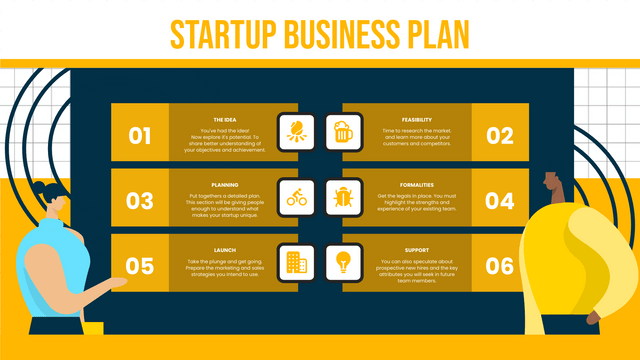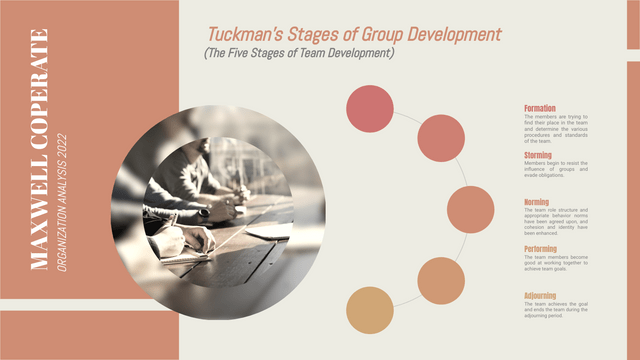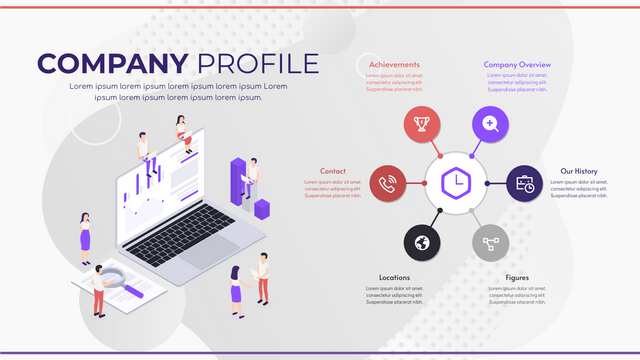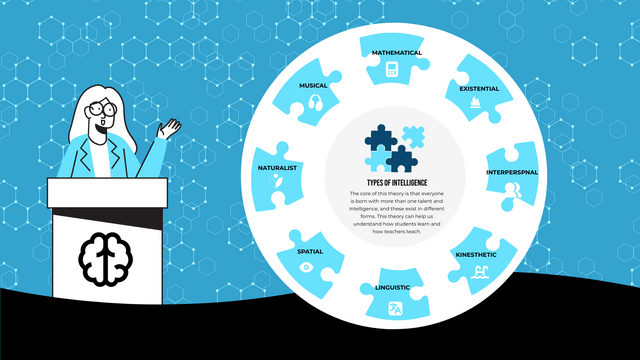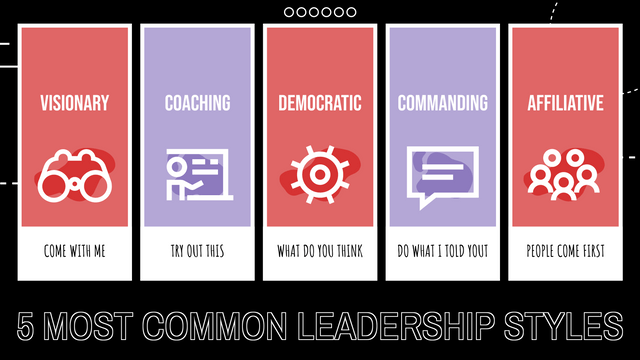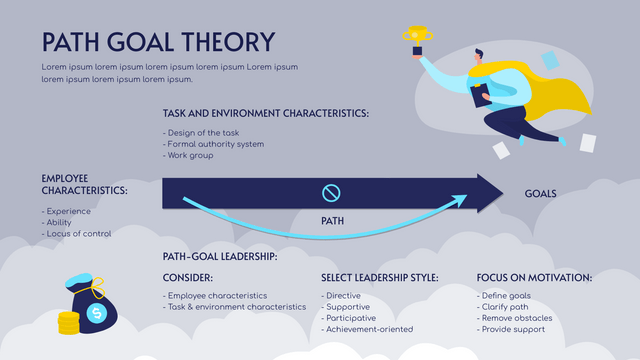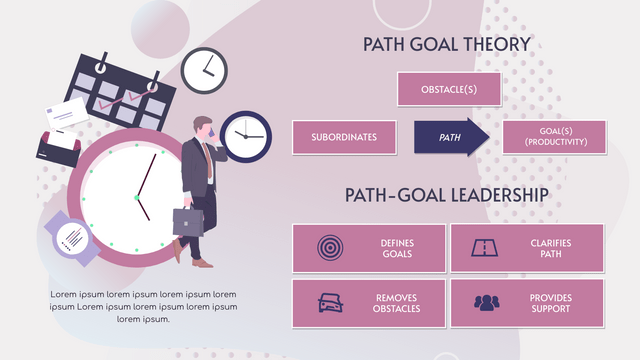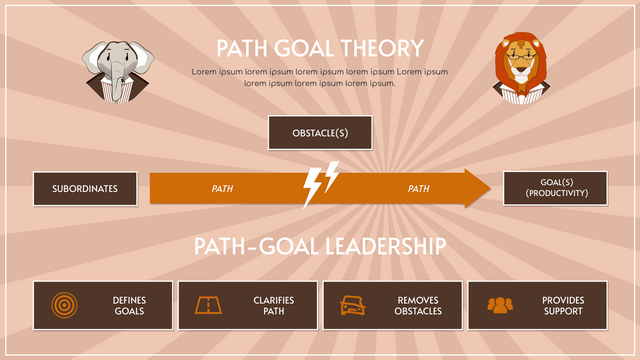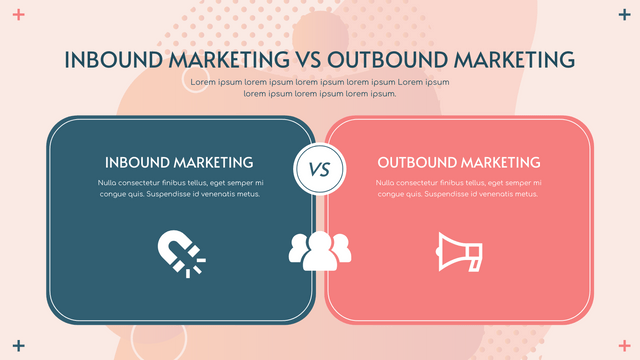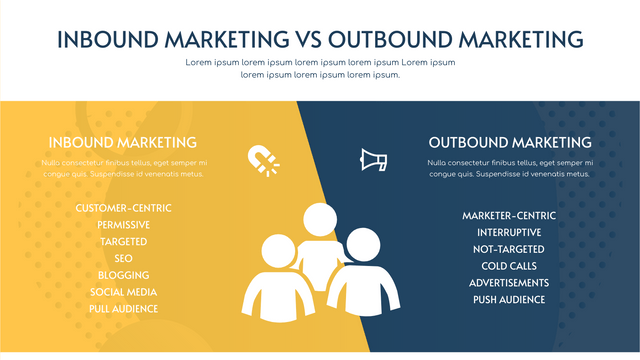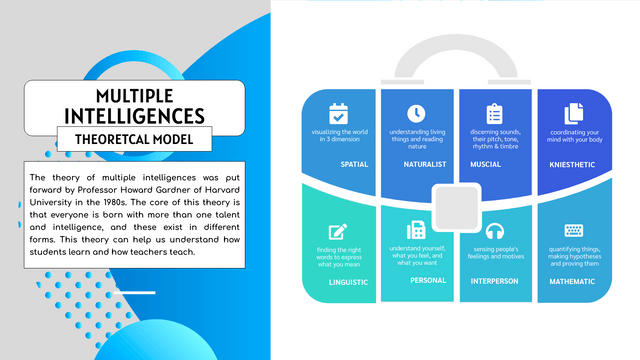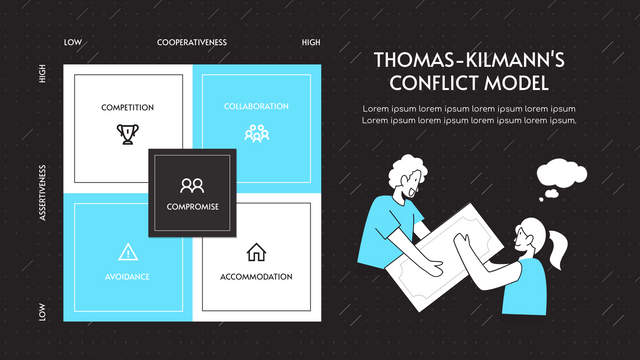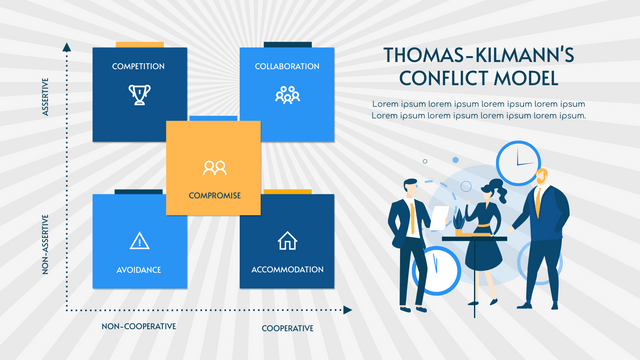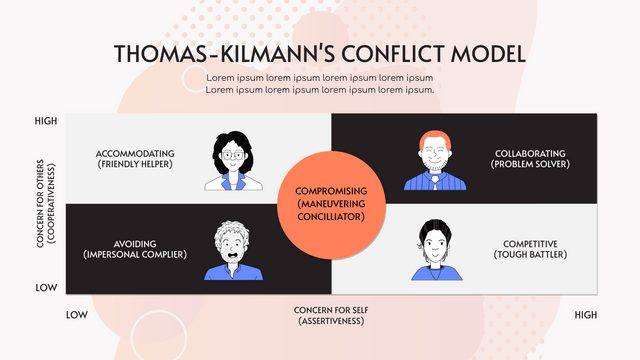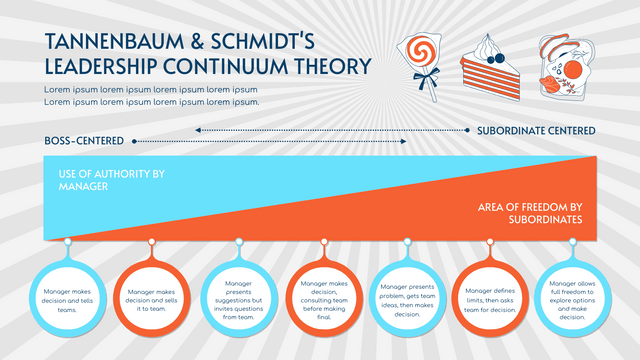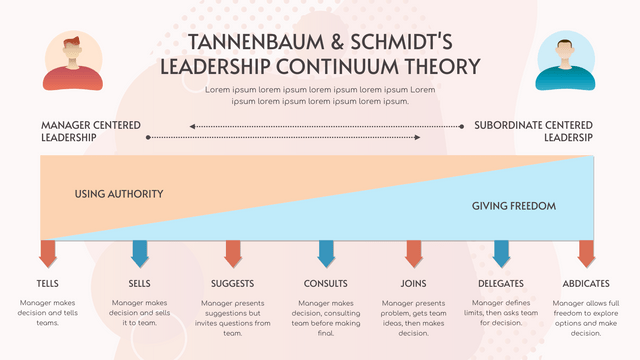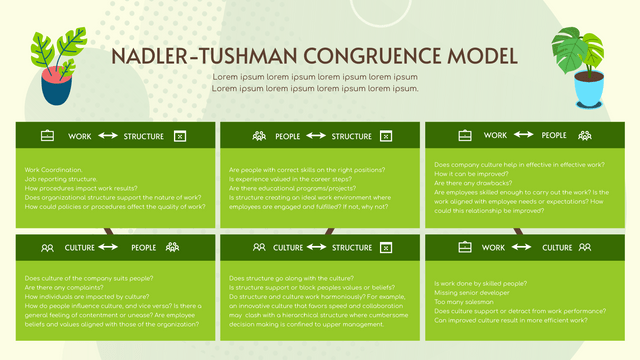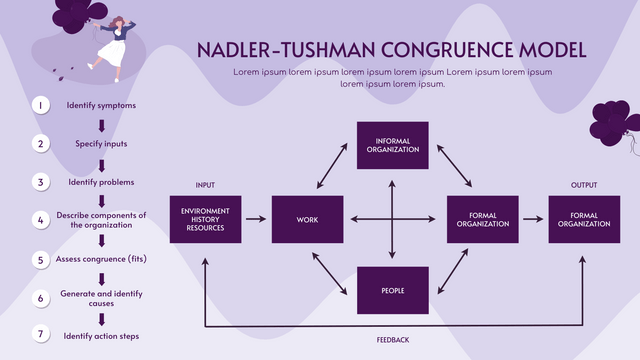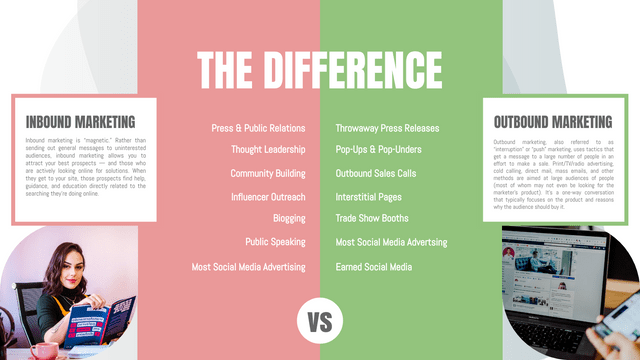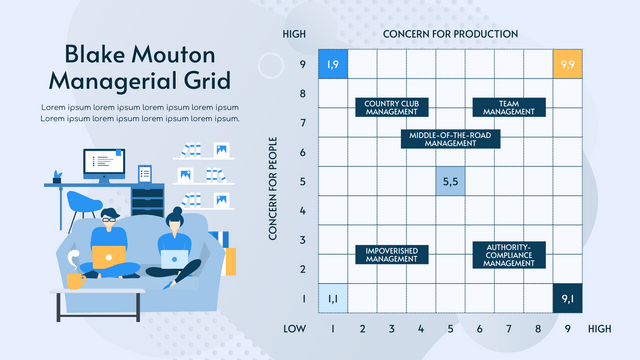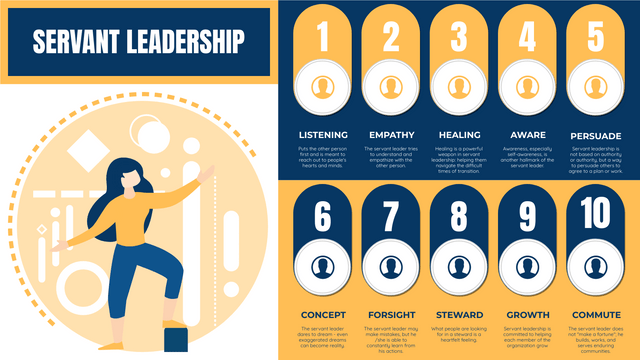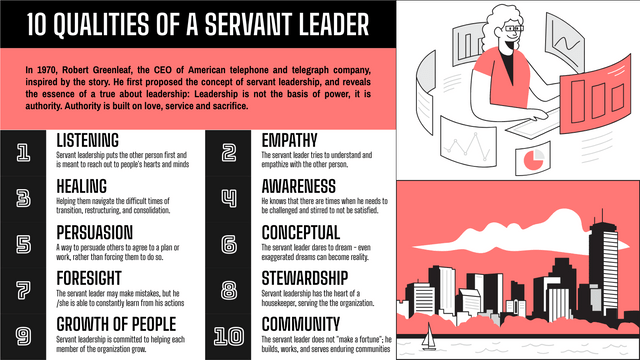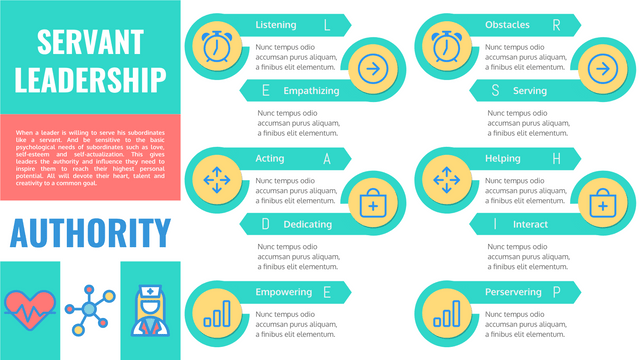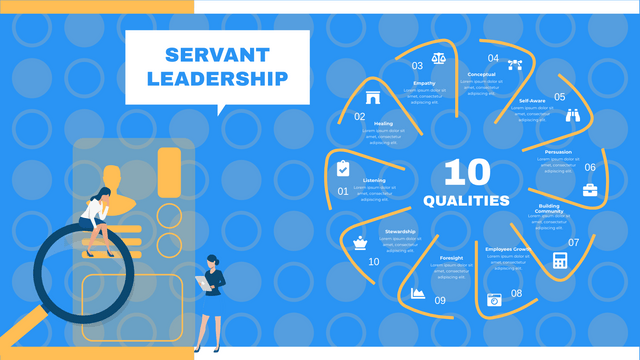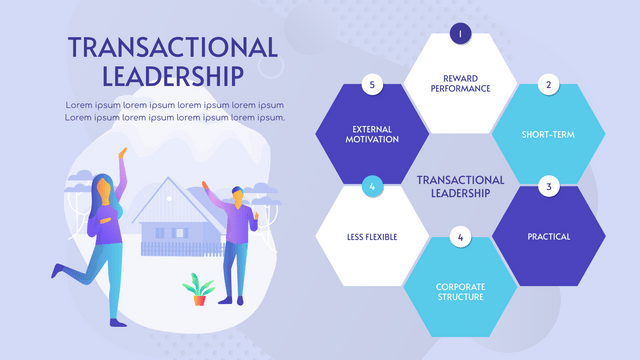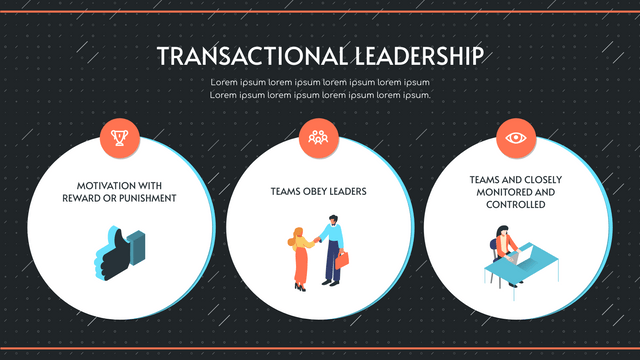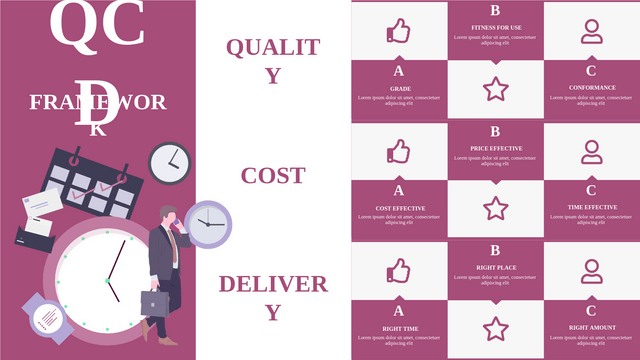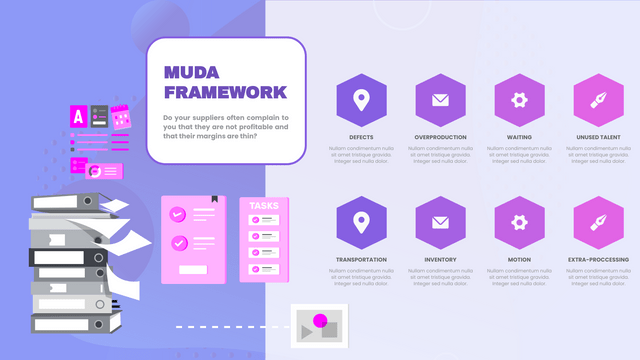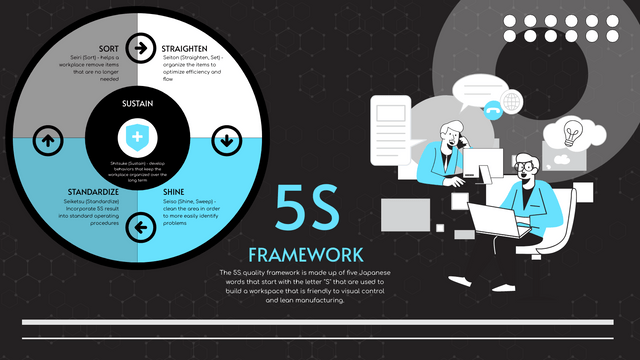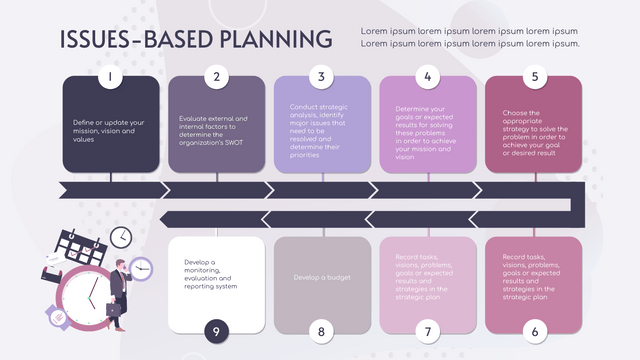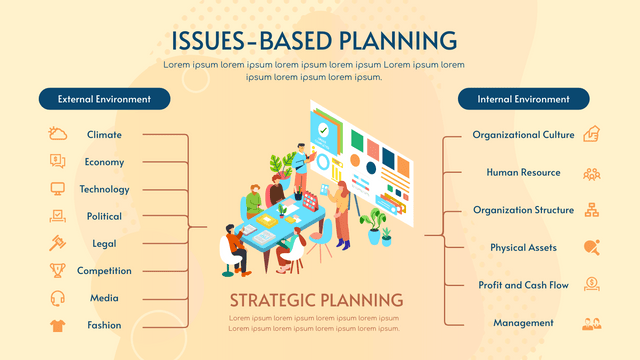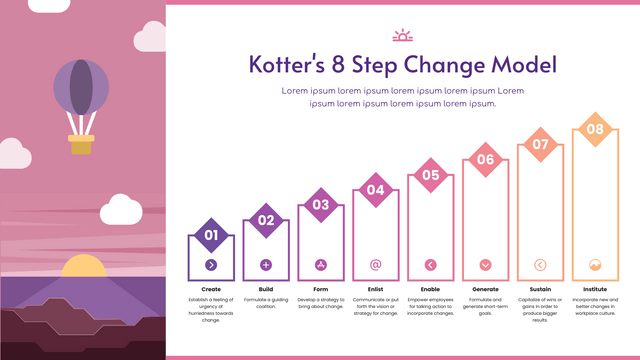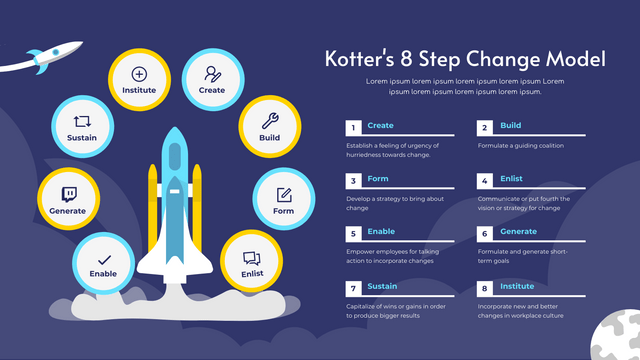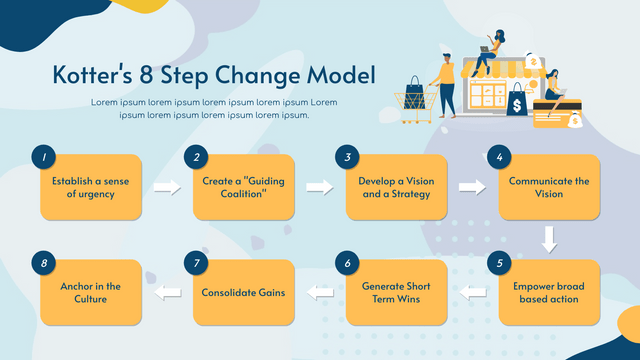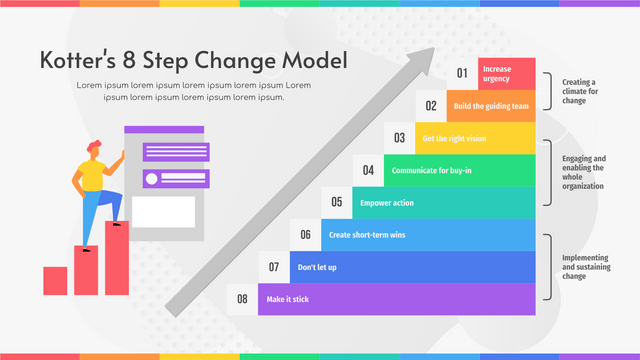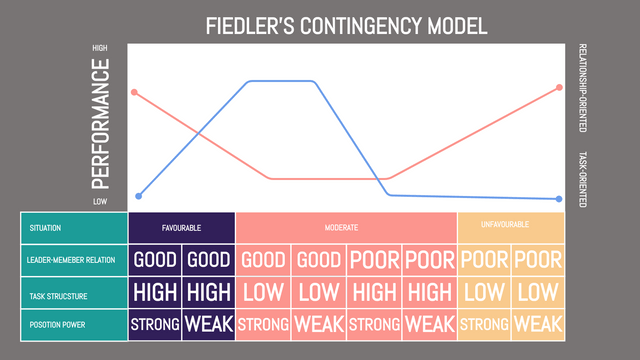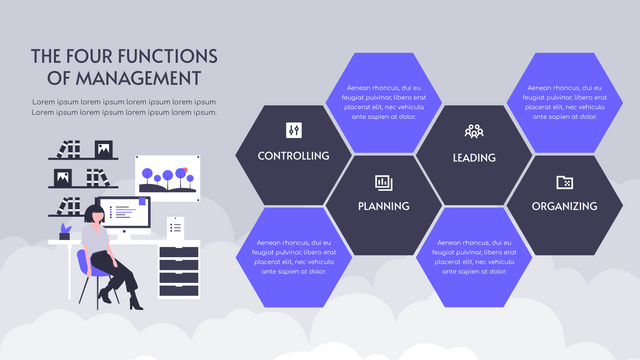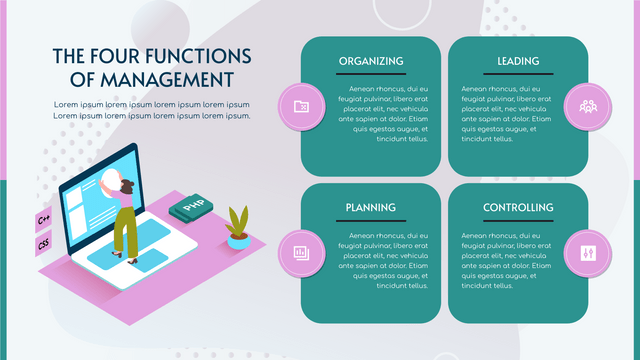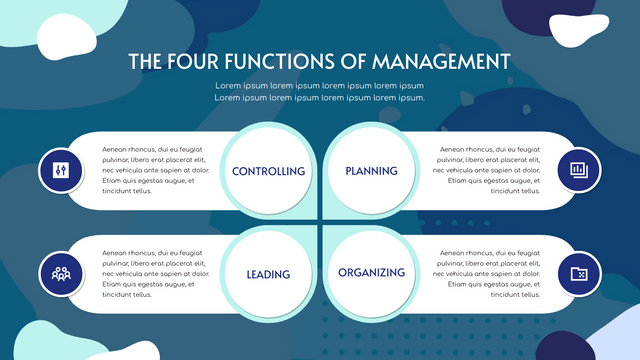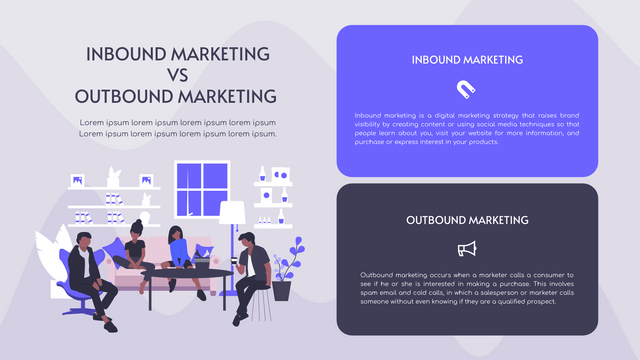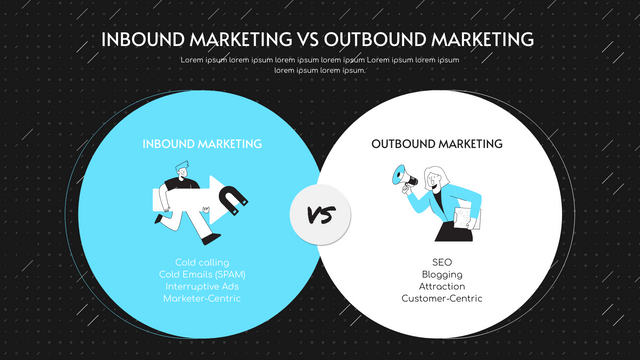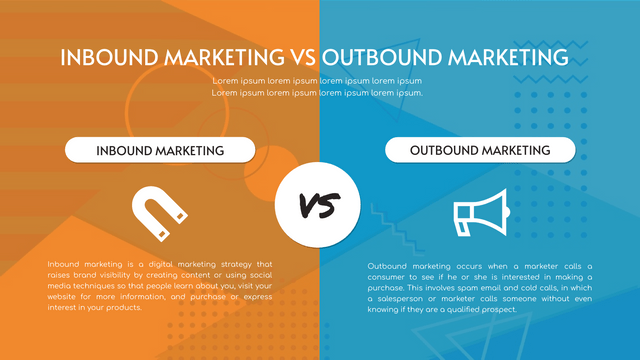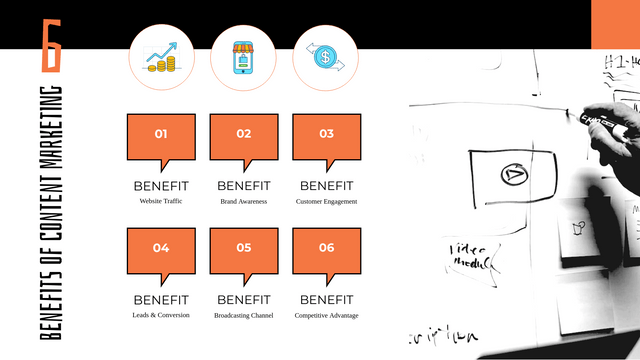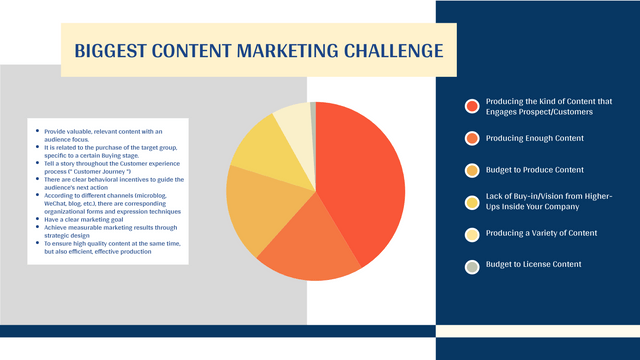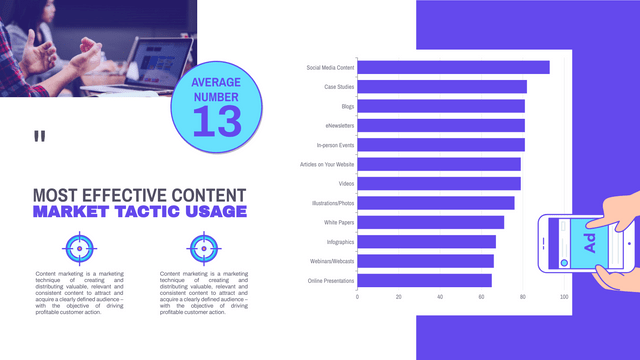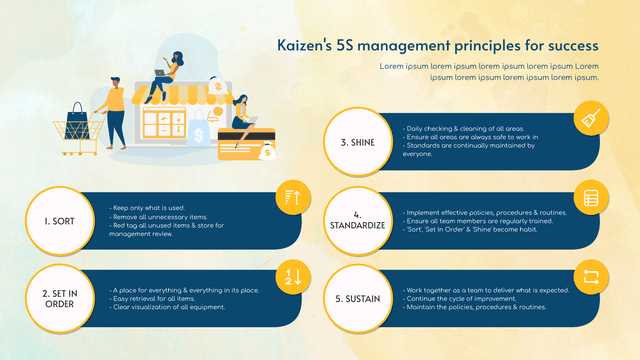What is OKRs Model?
OKR is different from traditional strategic planning methods in that Goals and Key Results (OKRs) is usually established, tracked, and re-evaluated on a quarterly basis. OKR is a simple, fast process that attracts the perspective and creativity of each team. The goal-setting approach helps an organization achieve its mission through measurable and time-bound actions. It helps us keep plans on track.
OKRs includes a clearly defined goal and 3-5 key outcomes. Specific measures used to track the achievement of this goal. The goal of OKR is to define how to achieve goals through concrete and measurable actions. Key results can be measured on a scale of 0-100% or any number.
Ideally, the team’s success rate on key results should be only about 70%. If the team consistently reaches 100%, this may mean that the ultimate goal is not ambitious enough. The goals should also be supported by a broad range of stakeholders, which will help achieve the goals and advance key programs and activities to achieve the desired results.
When Doerr introduced Google to OKR, he had a formula for setting goals:
I will (Objective) as measured by (this set of Key Results).
So, as the name implies, OKR has two components, a goal and a key outcome.
OKR Template
Here is a OKR template created with Visual Paradigm's strategic analysis tool. You can customize this template by modifying the text, color, clipart, etc.

